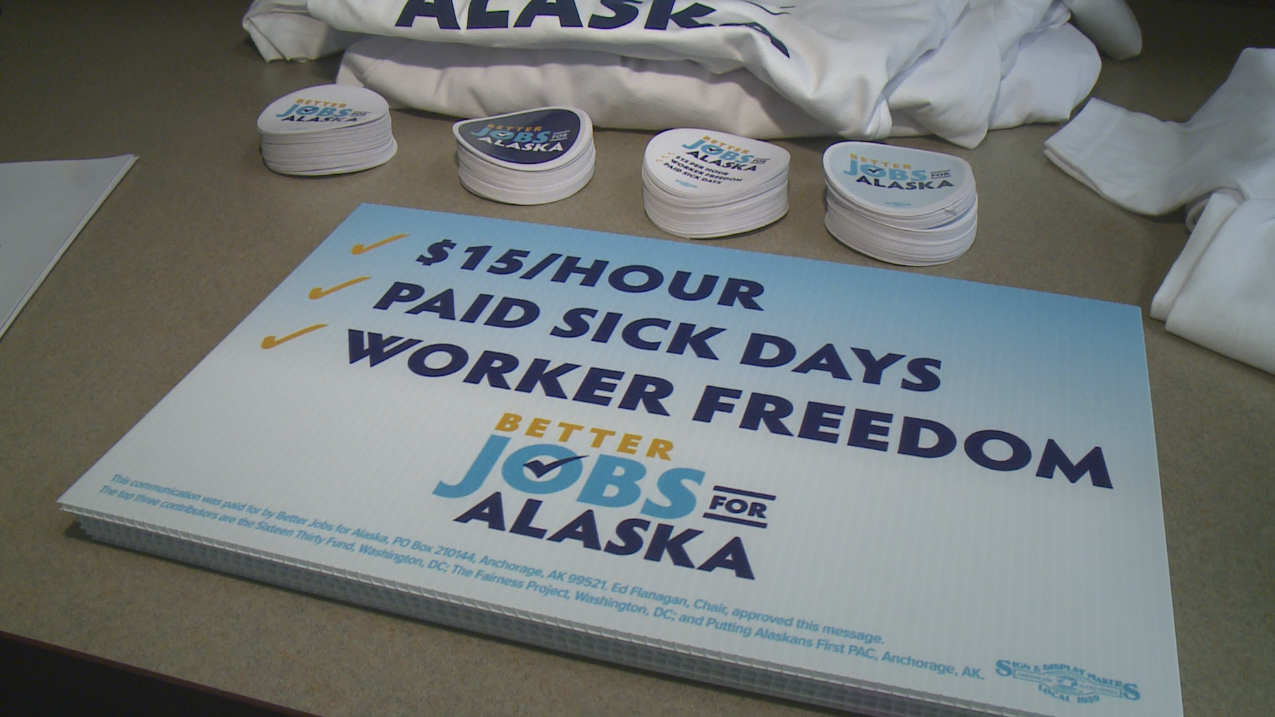Recruiting and retaining talent remains a vital issue in today’s workforce environment. Paid Time Off (PTO) is one item companies use to compete in the marketplace. Unfortunately, many companies oversimplify their PTO policy because their current payroll system cannot manage anything complex. Modern accrual solutions should automatically calculate PTO balances and manage updates from leave requests. These systems eliminate discrepancies and human error. Here are five instances where companies should use an automated accrual system.
1. Location of Work
An employer is not mandated to offer a paid-leave plan under the Fair Labor Standards Act (FLSA). However, many states and municipalities require sick leave accrual. The rates for these accruals can vary depending on the location or size of the employer. For example, Washington state mandates employers must provide one hour of paid sick leave for every 40 hours worked by an employee, regardless of full-time, part-time, temporary, or seasonal status. However, in Seattle, employers with 250 or more full-time equivalent employees worldwide must provide one hour of paid sick leave for every 30 hours worked. If a company has employees working inside and outside of Seattle, calculating these various rates can be difficult. An automated accrual system that calculates the proper accrual rates based on the employee’s work location is necessary to keep compliant.
2. Frontloading Leave
Companies often take a risk when they give employees the annual allotment of time off when they start. This risk is exceptionally high in states that require paid leave paid out upon termination. For example, an employee hired on February 1st receives two weeks of vacation at the time of hire. If that employee quits on March 30th before using any paid leave, the employee may be eligible under state law to receive the two weeks’ vacation pay. If this time is accrued rather than given upfront, the employer may be obligated only to pay out the leave accrued and unused at the time of an employee’s departure. Using an automated accrual system gives the company a significant advantage.
3. Identifying Who Receives What Benefit
Often companies have one size fits all PTO policies to make management of the policies simple. For example, they may offer vacation only to full-time employees because they have far fewer full-time than part-time employees. In addition, the amount of PTO benefit is often the same for all employees, like two weeks of vacation.
Companies can offer and manage multiple criteria with an automated accrual system. For example, companies can provide additional weeks of vacation or other benefits based on position, hire date, seniority, or other criteria. In addition, companies can establish probationary periods before an employee is eligible to accrue or use their vacation or other benefits. As a reminder, most states with a mandatory sick time accrual for employees have an established maximum probationary period. During the probationary period, the employee must accrue sick leave.
4. Management of Carry Over Hours
Having large amounts of unused time-off benefits on the books can be a liability for most companies. For example, an employee earning $15/hour accrues five days of leave that is not used and carried over to the following year. Then, on January 1st, the employee receives a pay raise to $17/hour. As a result, the accrued time off is paid out at a higher rate than its accrued date.
Because of this, companies often want to cap the number of hours an employee can carry over into the following year. Unfortunately, without an automated accrual system, this task is unmanageable. In addition, this task is more challenging if the carry over date is the employee’s anniversary date rather than a specific date for everyone.
5. Overpaying at Termination
Many companies combine all time-off benefits into one PTO’ bucket’ to simplify the management of accruals. This method is acceptable if the employee time-off totals are equal or higher to individual benefits.
This decision can pose a problem upon termination. Employers are not legally obligated to pay employees for sick leave. However, some states, like California, require employers to pay out earned but Unused Vacation Leave when an employee departs, whether voluntary or involuntary. If a company uses a one PTO ‘bucket’ system, the company must pay out the entire PTO balance earned. The state assumes everything in the PTO bucket is vacation time.
This scenario results in an overpayment of benefits upon termination than if separate accrual benefits are available.
How can we help?
Time Equipment Company offers the most advanced accruals engine in the business. Our specialists configure accruals to match your parameters to calculate automatically through our time and attendance software. In addition, these balances can be migrated to your payroll provider to maintain accurate records and compliance.
For more information about Leave Management, contact Time Equipment Company at 800-997-8463 or sales@timeequipment.com.










